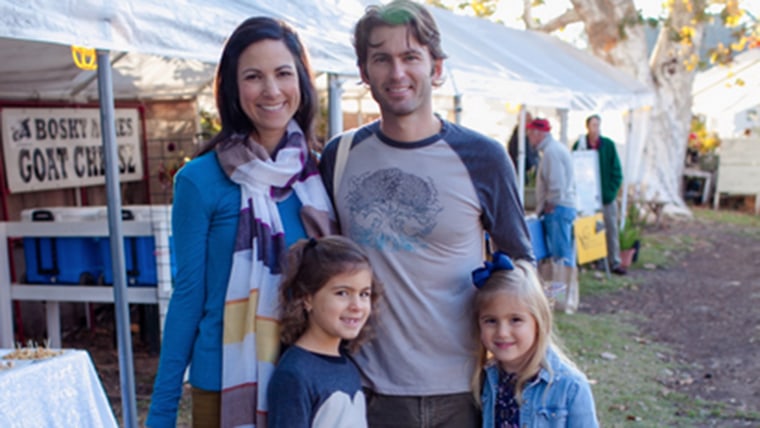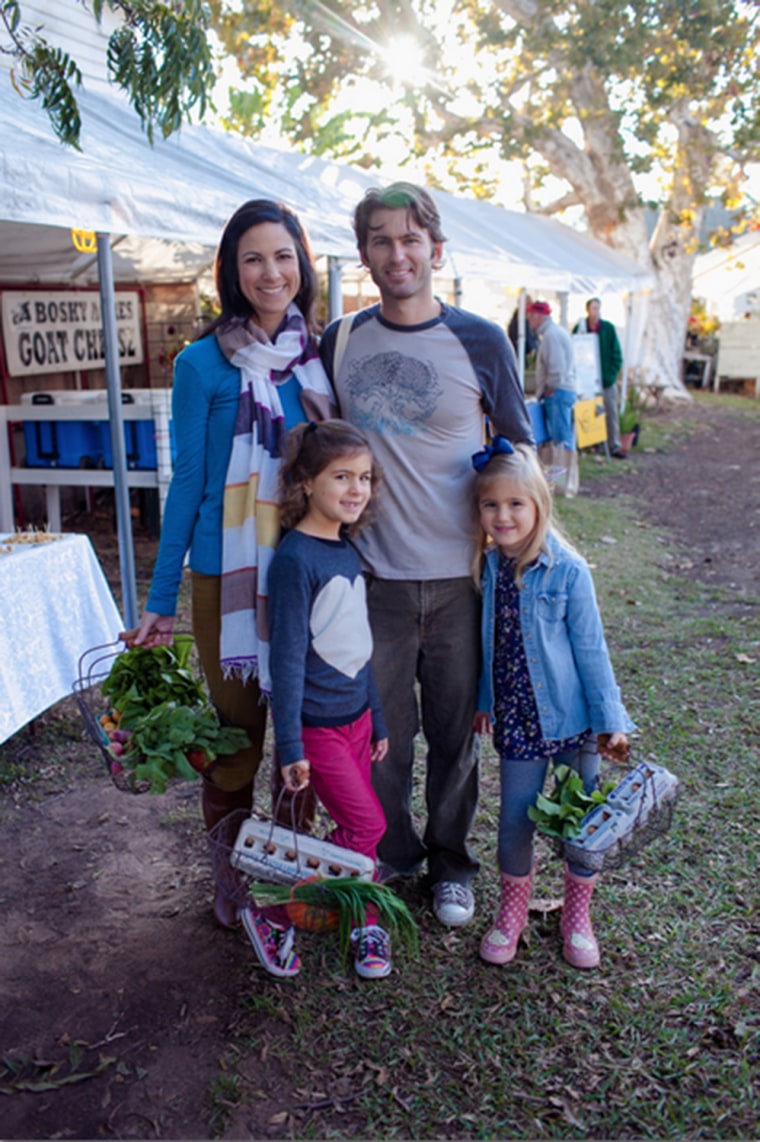
I thought our family was making fairly healthy choices, but as it turned out many of our foods were actually highly processed. Fruit snacks, fish crackers, boxed mac and cheese, factory-farmed meat, and white bread were all part of our weekly staples.
That was until I got the wake-up call of my life back in 2010. After reading Michael Pollan’s book "In Defense of Food," my husband and I both knew we needed to overhaul our family’s diet. So we made a pledge to eat real food for 100 days, which I chronicled on my blog, www.100DaysofRealFood.com. Our goal was to prove that a typical suburban family (that doesn’t live on a farm) could in fact survive on real food — and real food only!
We spent the 100 days avoiding all white flour, white sugar, and anything out of a package with more than five ingredients. Here, nine lessons our family learned about eating real food:
1. It’s easier than it looks. Switching to a real food lifestyle may seem intimidating and even downright overwhelming at first, especially for the busiest of families, but I promise it is totally possible. Just like with any big change it takes some getting used to — and before long, avoiding processed food will eventually became your “new normal.” Simply getting started is key!
2. Always read the ingredient label. Reading the ingredient list (as opposed to the Nutrition Facts) is the only way to truly know what’s in your food and how highly processed it is. If it’s not something you would cook with at home then I’d think again. As a general rule, if we’re buying a packaged food we want it to have five or less whole ingredients.
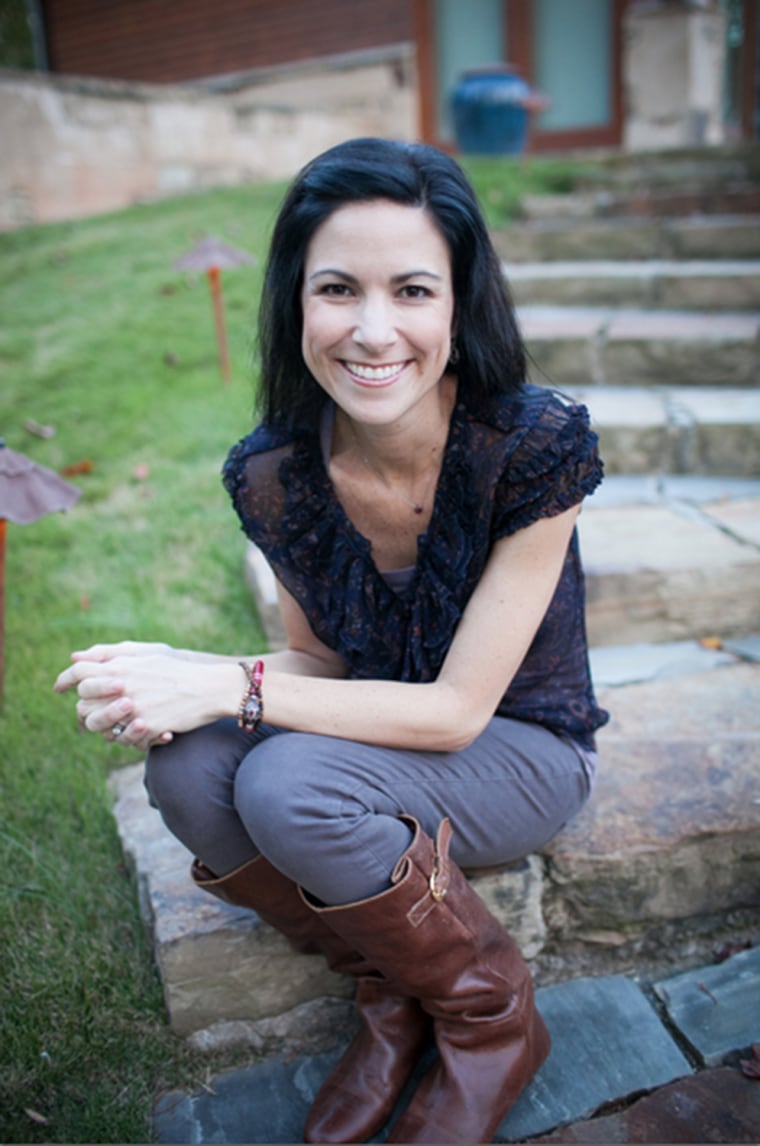
3. I am not depriving my children. At the beginning of our pledge my daughter had a meltdown over a forbidden doughnut. But a few weeks later, when standing for water at a concession stand full of candy bars and flavored potato chips, my daughter announced that she was hungry. I told her we needed to wait till we got home to eat. She spotted a bowl of bananas and said, “Can I have one of those?” At that point, I realized I was teaching my child to seek out the real food in our processed food world, an important life lesson.
4. We’re much healthier now. Since we kicked processed food, I feel like I have more energy, and my husband and I even lost a few pounds. Our youngest daughter, who has mild asthma, experienced a dramatic improvement in her episodes of wheezing, and her constipation struggles practically disappeared overnight. And much to my surprise my good cholesterol (the number you want to be high) went up by 50 percent!
5. Planning ahead is key. If you don’t have a plan for your next snack or meal, then you may get caught off-guard with starving kids begging you for the drive-thru. So it’s important to always mentally think through your next meal and be prepared — whether that’s a variety of real food snacks in the car or your slow cooker cranking away at home with a yummy dinner.
6. Eating real food doesn’t have to break the bank. With a little creativity, a real food lifestyle can be done without breaking the bank. Be sure to create and stick to a meal plan, minimize food waste, maximize cheap foods (like bananas, beans and pasta) and reduce the consumption of “nice to haves” like flavored beverages and dessert —– all these things can help save some money.
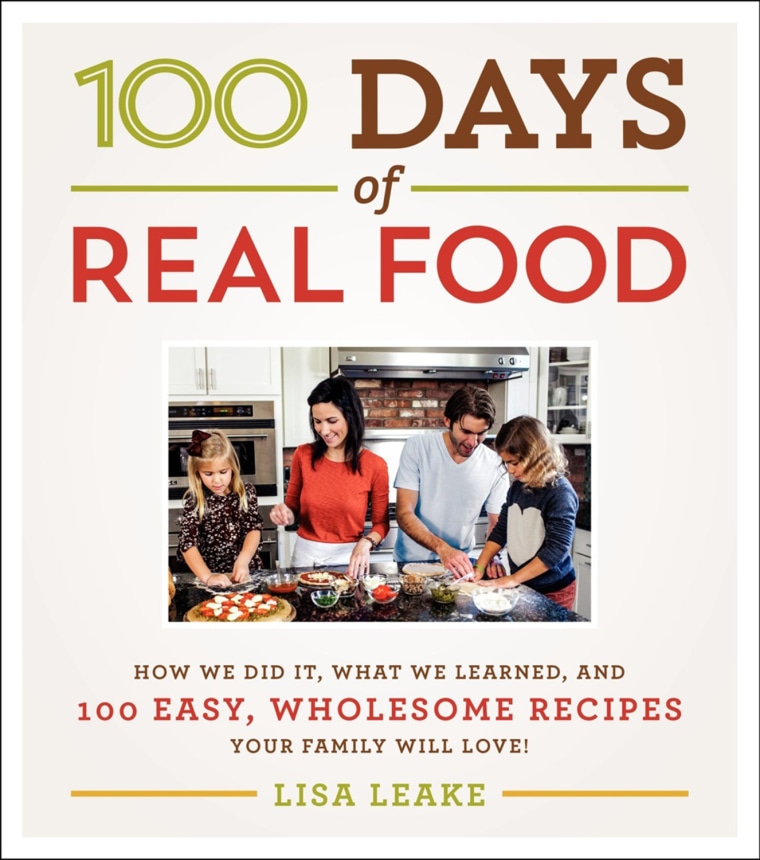
7. It’s OK to break the rules (sometimes). We followed strict rules for 100 days, but now that our pledge is over we don’t mind indulging in junk food every now and then. But what I prefer is the made-from-scratch sweet treat kind of junk food as opposed to the artificial, factory-made stuff. And we feel that once a week is appropriate instead of after almost every meal (like the old days)!
8. Real food simply tastes better. People may think we avoid fast food, junk food or other processed stuff because we have to, but honestly that food just doesn’t taste good to us anymore! We’ve basically retrained our taste buds and feel spoiled with fresh, wholesome and homemade meals now. The real thing just tastes so much better.
9. Out of sight, out of mind. Avoid the temptation to scarf down a bag of deep-fried snacks or a bag of candy by keeping it out of the house. Same with convenience foods — I just don’t buy those things anymore. It’s hard to eat a bag of mini powdered doughnuts when they’re not there.
With school back in session, here’s an idea for a real food lunch, from my new cookbook, "100 Days of Real Food: How We Did It, What We Learned, and 100 Easy, Wholesome Recipes Your Family Will Love."
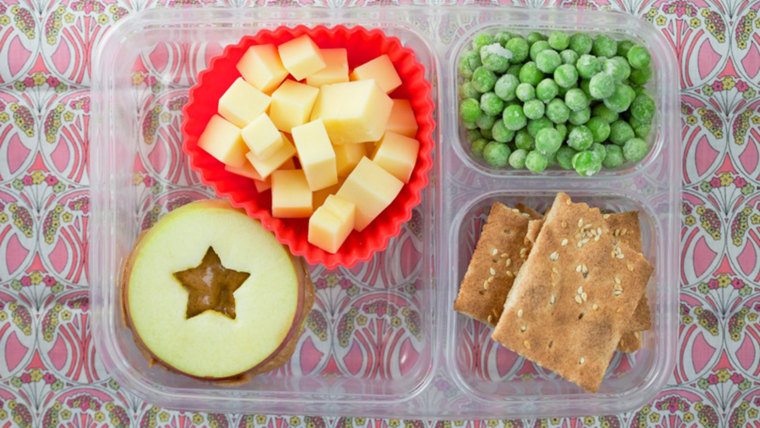
Apple sandwich
Difficulty: Easy
Prep Time: Less than 10 minutes
Seasonal Note: Use locally grown apples in the fall months.
Makes 2 sandwiches
Special tools needed: 1-inch cookie cutter (round or other shape)
GLUTEN-FREE
DAIRY-FREE
VEGETARIAN
Ingredients
· 1 large unpeeled apple, any variety
· 1 teaspoon freshly squeezed lemon juice (optional; keeps the apple from turning brown)
· 2 tablespoons nut or seed butter (such as peanut butter, almond butter, or sunflower butter)
· 2 teaspoons raisins (optional)
1. Turn the apple on its side and slice off the top inch of the apple and discard (or eat what’s around the stem!).
2. Carefully make four (or more, depending on the size of your apple) ½-or ¾-inch-thick slices that will become the “bread” of the sandwiches. Stop about an inch before the bottom. Either eat or discard the very bottom piece of apple.
3. Lay the slices flat on a cutting board and use the small cookie cutter to cut the core out of the middle. Alternatively, core it with a paring knife, but it won’t be nearly as pretty.
4. To prevent the apples from turning brown, mix the lemon juice with ¼ cup water in a small bowl and douse the apple slices in the lemon mixture. (I’ve also found that some varieties of apples, such as Honeycrisp and Gala, don’t brown nearly as quickly as the common Red Delicious variety, so that’s what I usually buy instead of using lemon juice.)
5. Spread 1 tablespoon of nut or seed butter on top of 2 apple slices. Evenly distribute the raisins on top of the nut or seed butter (if using) and top with another apple slice.
Serving Suggestion: Send in the lunch box along with other whole food accompaniments like vegetables, other fruit, whole-grain crackers and/or cheese.
Lisa Leake is a wife, mother, foodie, blogger and author who chronicles her family’s journey on 100daysofrealfood.com as they seek out the real food in our processed food world. Lisa has appeared on Dr. Oz, Good Morning America, CNN, and The Doctors TV Show.
